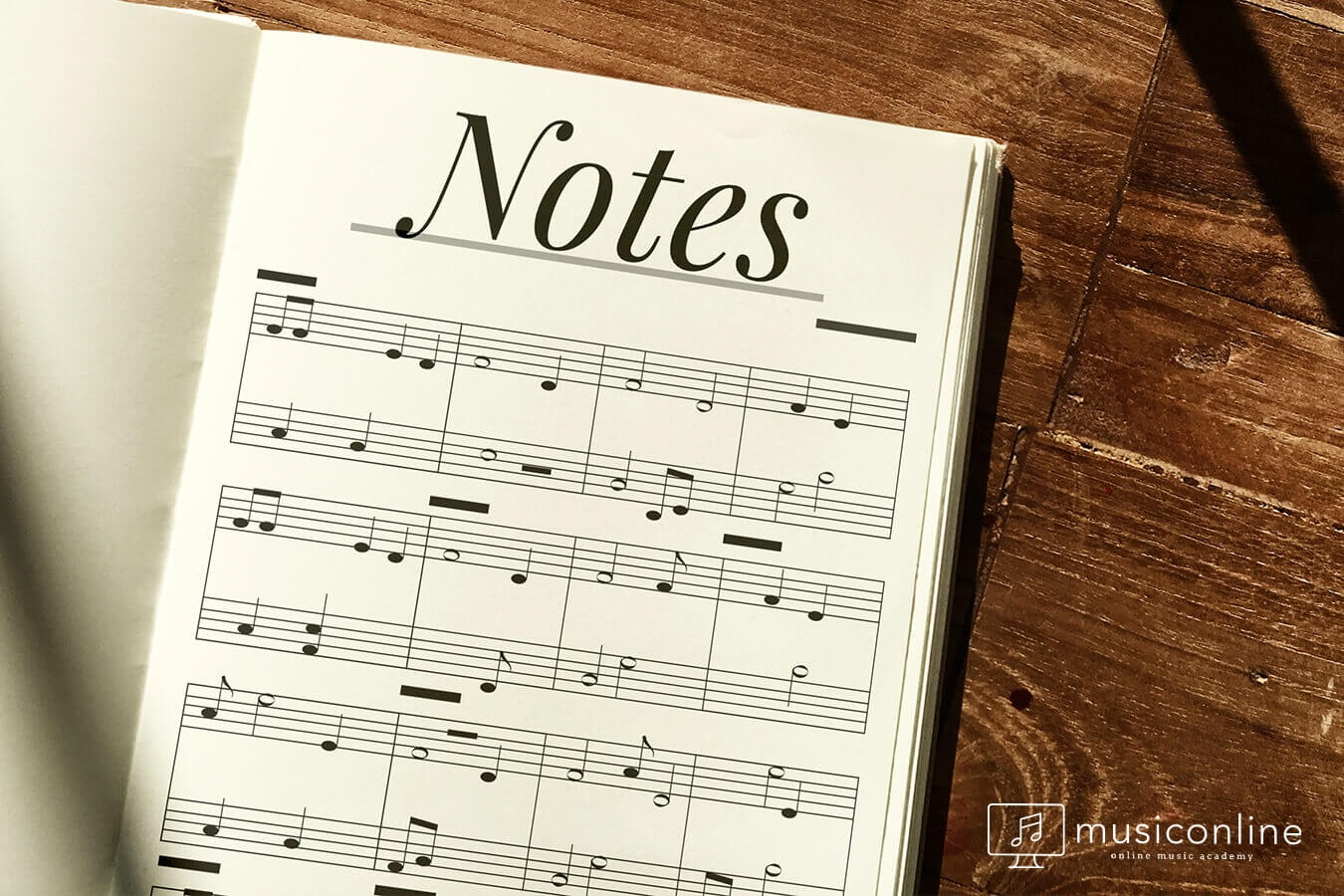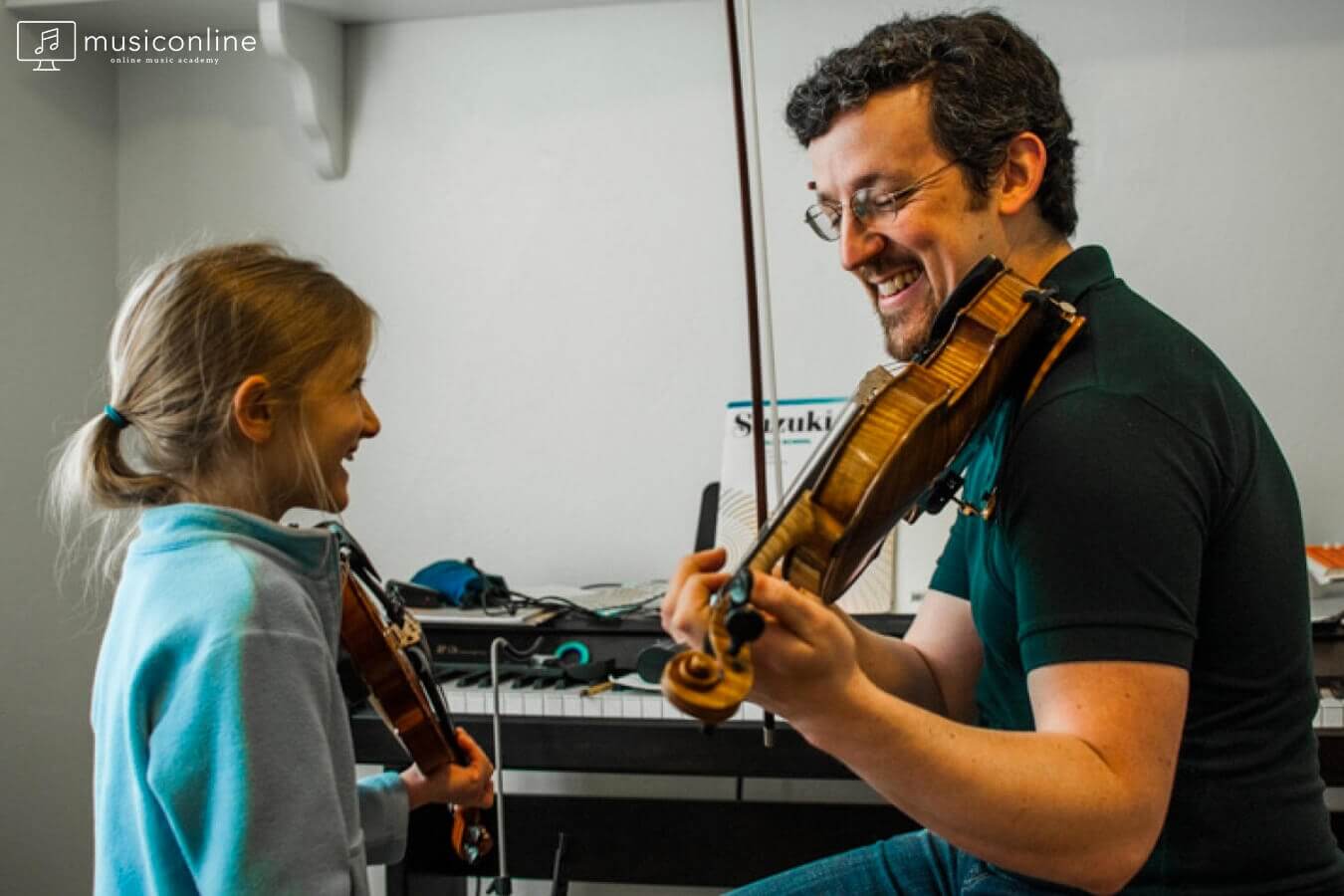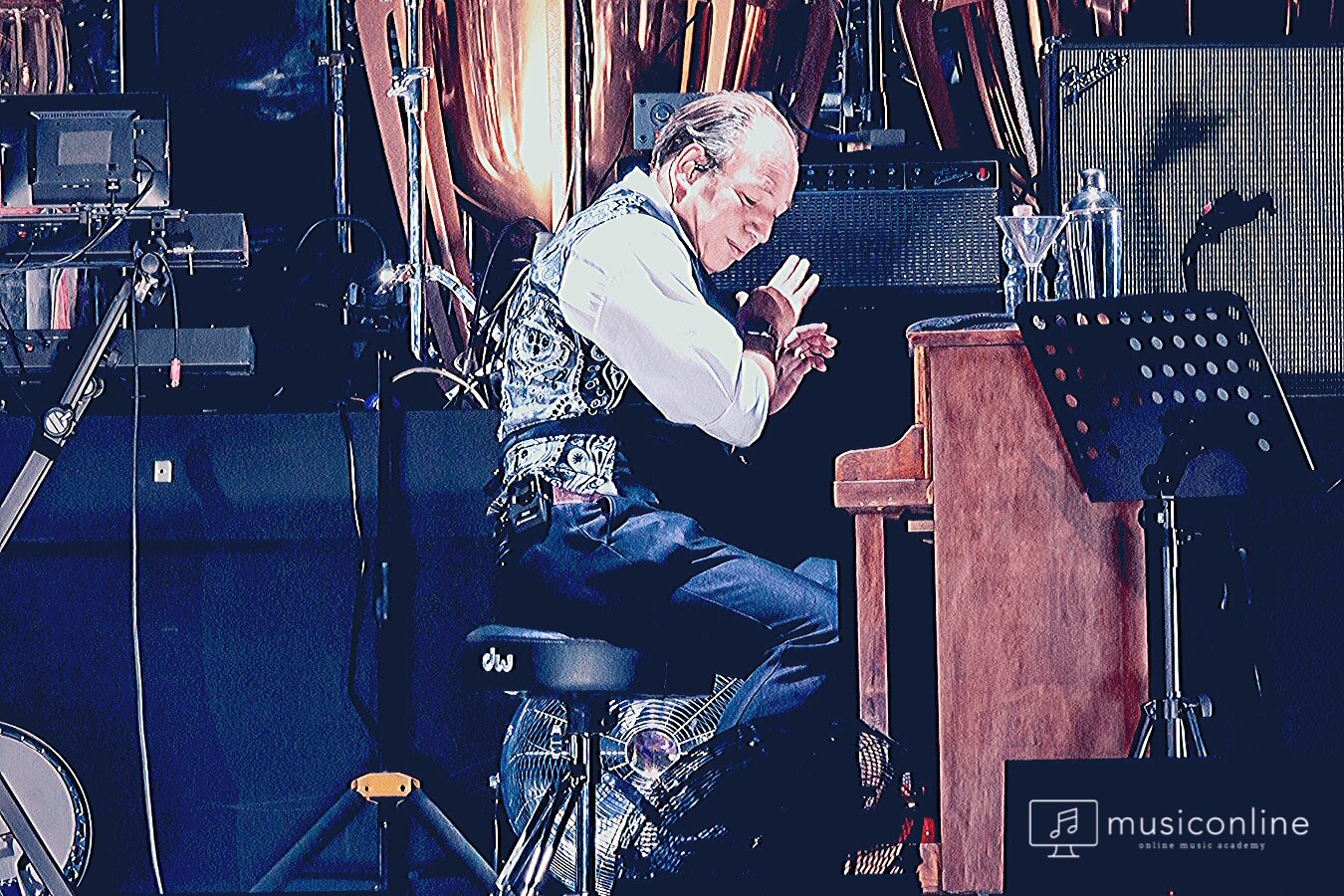musiconline blog
news about us & everything about music on our blog!
Rumi and Music - 2
This week on musiconline, as a continuation of our Rumi and Music blog, we examined the relationship between the great thinker Mevlana Jalaluddin Rumi with music and his old friend Shams-i Tabrizi.
The biggest turning point in Mevlana's life is seen as his meeting with Shams Tabrizi, a Sufi of Persian origin. His conversations with Shams led to major changes in his inner world, and these changes were influential in his point of view and in his works. The work, composed of 44,834 couplets, is also referred to as’ Divan-ı Shams-i Tabrizi ' and consists of divine love poems.
“There's a secret in the rhythm of the music. If I had exposed him, the world would have turned upside down.”
The rituals performed in Mevlevi are metaphorically called sema or sama, which also means Song and raks. The group that performs music in these rites with poems and sema dances is called kudümzenbaşı , where the Mutrip delegation, violins and kemençes can be found. Mevlana, who was not interested in sema before, started sema after meeting Shams Tabrizi.
The Mevlevi Sema Ceremonies were registered in the Unesco-designated list of Intangible Cultural Heritage Representation of Humanity in 2008.
The interpretation of Rumi's thoughts as a belief began during the reign of his son Sultan Veled after his death. The mevlevis' perspective on music has not changed since this period and in addition to training on this belief, music education has been given in Mevlevihanes. It is possible to count many Mevlevi musicians such as Dede Efendi, Itri, Zekai Dede, Ali Nutki Dede.
Rumi's teachings still continue to be influential all over the world. These thoughts, which are also an inspiration to many local and foreign celebrities and artists, can come across at very different points.
It is known that the world-famous Greek composer and musician Vangelis was influenced by Rumi and the return of the mevlevis on sema on his 1977 album Spiral.
Enigma music group featured Rumi on the cover of their 1990 album The Cross of Changes ;
"I tried to find him on the christian cross,
but he was not there;
I went to the temple of the hindus and to the old pagodas,
but I could not find a trace of him anywhere.
I searched on the mountains and in the valleys
but neither in the heights nor in the depths was I able to find him.
I went to the caaba in Mecca,
but he was not there either.
I questioned the scholars and philosophers
but he was beyond their understanding.
I then looked into my heart
and it was there where he dwelled that I saw him;
he was nowhere else to be found."
Berliner musician NU, whose real name is Fabian Lamar, interpreted the poem Man o to , which is stated to be a poem that Rumi wrote to Shams Tabrizi, in Persian in 2013 without disturbing the original. It is commented that the musician who is a pilgrim is influenced by Rumi as a way of life.
There is also a song called Bi Manoto , in which the Azeri-born Iranian singer Googoosh interprets the same poem.
Since 2007 is the 800th birth year of Rumi, it was declared as the ‘World Rumi Year’ by Unesco upon the application of the Republic of Turkey Ministry of Culture and Tourism.
Rumi, whom English orientalist A.J Arberry expresses as ‘The Greatest Poet of the World’, continues to shed light on people all over the world with his teachings.
If you like our blog post about Rumi and its relationship with music, we recommend that you take a look at another blog post about the periods when music meets the public and regains its form.
You can subscribe to our weekly newsletter to be instantly informed of musiconline 's new blog posts.


